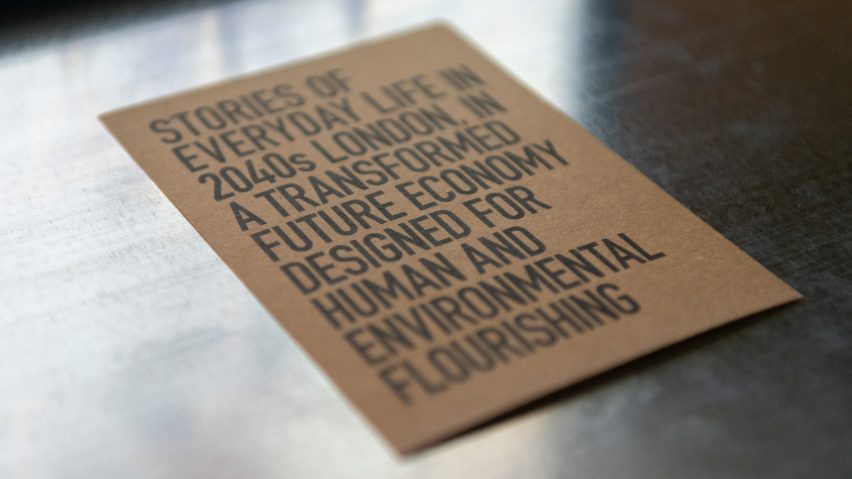
Architects can use theatre techniques to "reframe reality" says Zoe Svendsen
"Future scenario thinking" is a technique developed by theatre director Zoe Svendsen to imagine the cities of tomorrow. In an interview with Dezeen, she says architects could use it to design better urban futures.
Svendsen, who is director of performing arts company Metis, uses future scenario thinking as a tool for conceptualising alternative realities. The technique involves bringing together experts, policy-makers and actors, and asking them to collectively explore fictional situations.
"Often when you start from the present moment, all you can see are obstacles. It can induce despair," she told Dezeen.
The idea is that, freed from the constraints of reality, people come up with more radical ideas for change.
"Fleshing out" alternative futures
"If you concentrate instead on the story of how it could be if those obstacles were not there, and try and flesh out the reality of living in that alternative environment, then that process yields insights that in turn enable other ways of doing things," Svendsen explained.
"These might well turn out to be already doable, even if not in quite the way you first assumed."
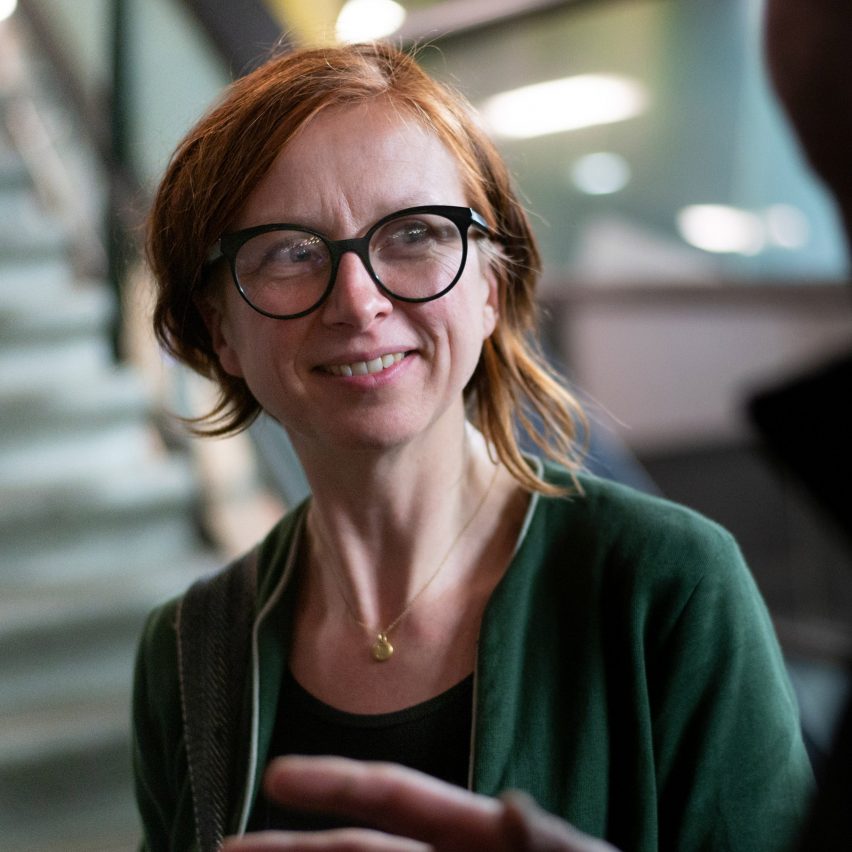
For the Oslo Architecture Triennale, Svendsen worked with groups in London and Oslo to come up with specific visions for how these cities might change by 2040. The actors then improvised characters to inhabit these fictional worlds and played out narratives of what their lives might be like.
Svendsen suggests that architects could adopt similar methods to help them become more ambitious in their architecture and urban design proposals.
"If architects used future scenario thinking, it would transform the relationship between how things are and how we would like them to be," she said. "If you create a scenario in which the fundamental changes have already been made, then a space opens up for a very concrete kind of imagining."
Factory of the Future
Svendsen first started experimenting with future scenario thinking on a performance project in London called World Factory, which saw audiences imagine a year in charge of a make-believe clothing factory in China.
This developed into the idea for the Factory of the Future, which Metis first presented at the Barbican. These workshops asked participants to explore what life might be like for citizens under different economic systems.
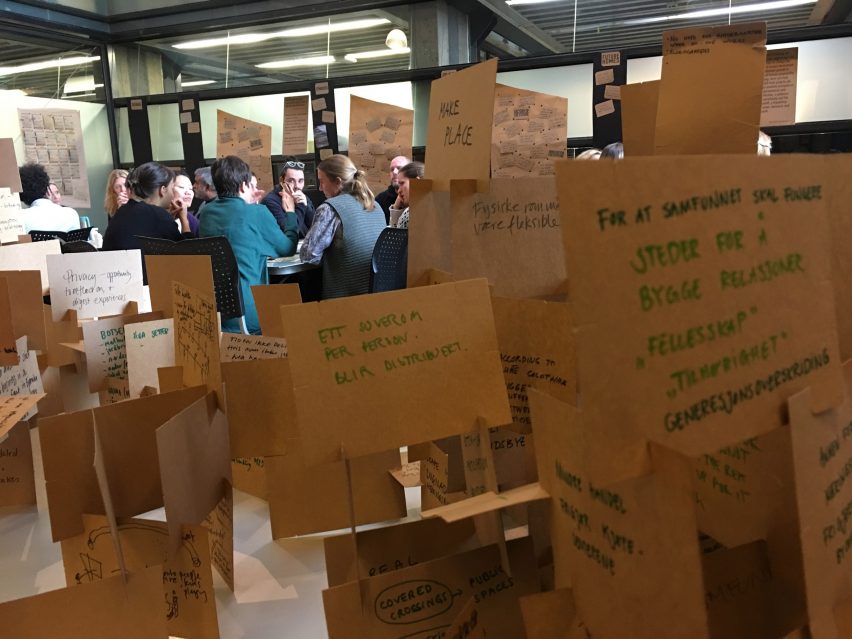
For Oslo, the project takes as its premise an economic system based on degrowth – the theme of the 2019 triennale. Seen by many as radical, a degrowth system is anticapitalist, placing more priority on social and environmental wellbeing than continuous economic growth.
Participants were asked to imagine what buildings and spaces might exist in a degrowth future, and what it would be like to live in them.
"It's like reframing reality," said Svendsen. "We're imagining an environment in which we're pursuing human and planetary flourishing."
"We're not being utopian, we're just asking the question, what would happen if it worked?"
Architecture in a degrowth future
Metis hosted a series of degrowth-focused workshops in both Oslo and London. Many of these took place out in the city, so participants could develop stories that related to real physical spaces.
Svendsen found that many of the ideas that drove the narratives were based on real proposals, technologies and projects.
For instance, a plan to transform Oslo into a car-free city became a reality in the workshops. For the characters, this means they have to journey out of the city to use their cars, so driving is seen as a special activity.
This group imagined all of Oslo's off-shore oil rigs becoming repurposed as wind farms. They also came up with an idea for a seaweed farm, which they later found out was already a reality.
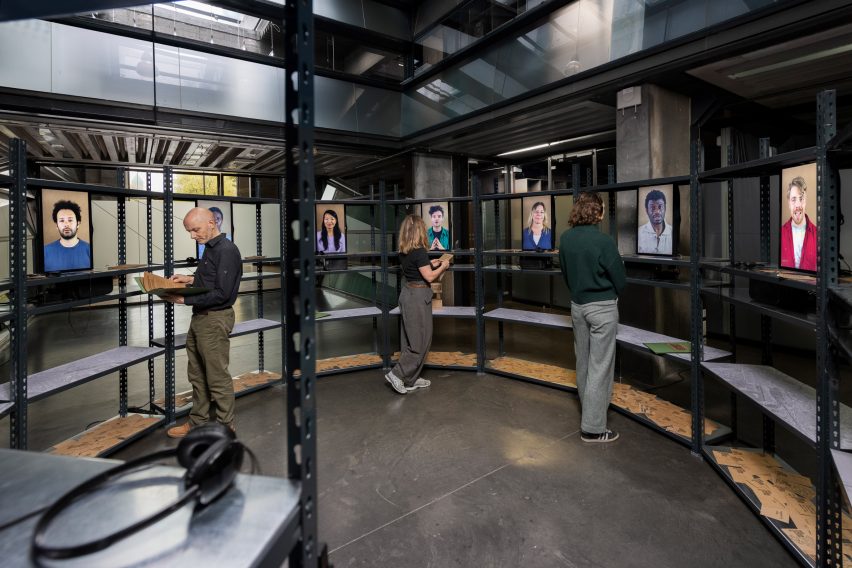
"We didn't go too sci-fi; we wanted to be within the territory of the possible," said Svendsen.
The aim wasn't to change anyone's opinion, she explains, but to instead show people that alternatives to the current social, economic and political systems do exist: "The project is bearing witness in some way to the fact that things could be different."
"What would happen if it worked?"
Factory of the Future is on show at DOGA in Oslo until 24 November. The installation takes the form of a series of video screens, in which the actors involved in the workshops talk about the lives of their improvised characters.
For Svendsen, it was a deliberate decision to not create any drawings or visualisations of the proposals. By presenting only the stories, the exhibition encourages participants to imagine their own visions for cities.
She hopes that architects will be inspired to develop fictional scenarios as a way of future-proofing their designs, particularly now that climate change has become a major issue for the construction industry.
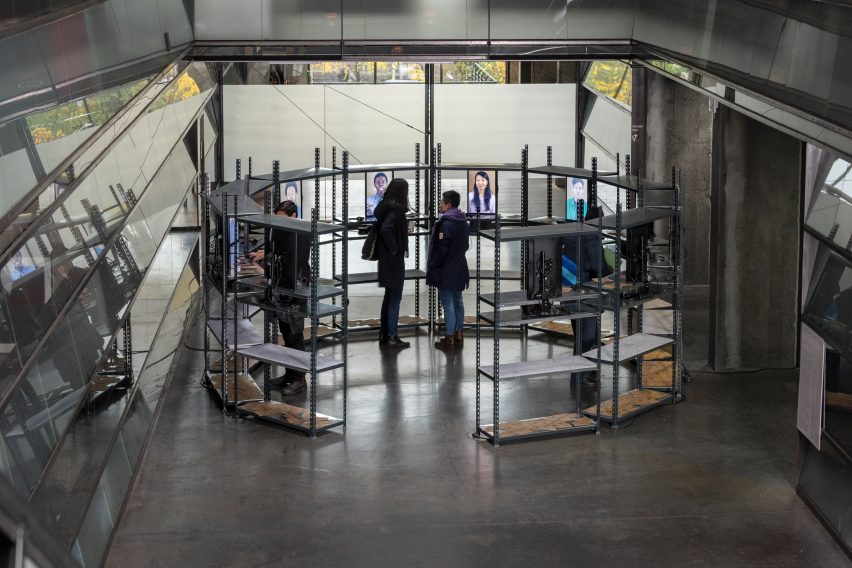
"In the process of gathering inspiration around these stories of living otherwise, suddenly you find there are so many models already out there, that can be reconfigured and reapplied," Svendsen said.
"If people start working in this way, then over time their ability to apply pressure to change the planning laws and other obstacles to systemic change will also strengthen," she added.
"If we who are bothered by things can't imagine what it would be like for it to be different, what hope is there?"
The Oslo Architecture Triennale 2019 is curated by Matthew Dalziel, Phineas Harper, Cecilie Sachs Olsen and Maria Smith. Other projects on show include a water-heating system powered by compost and a vacuum cleaner that needs three people to operate it.